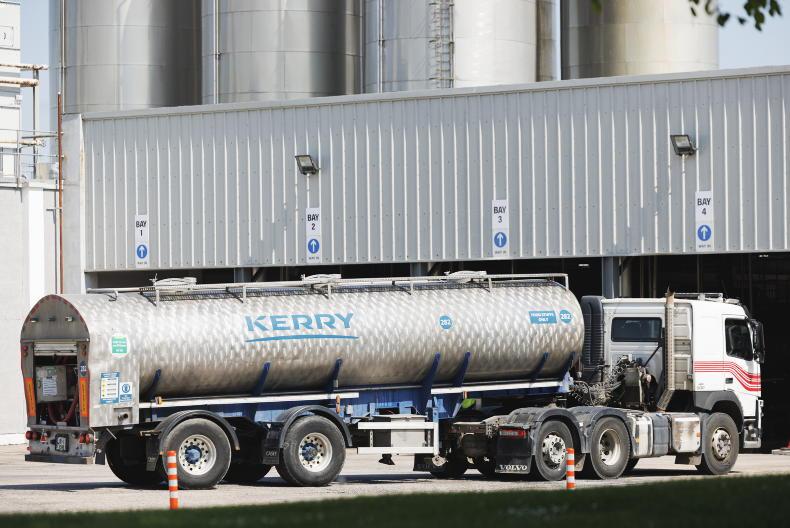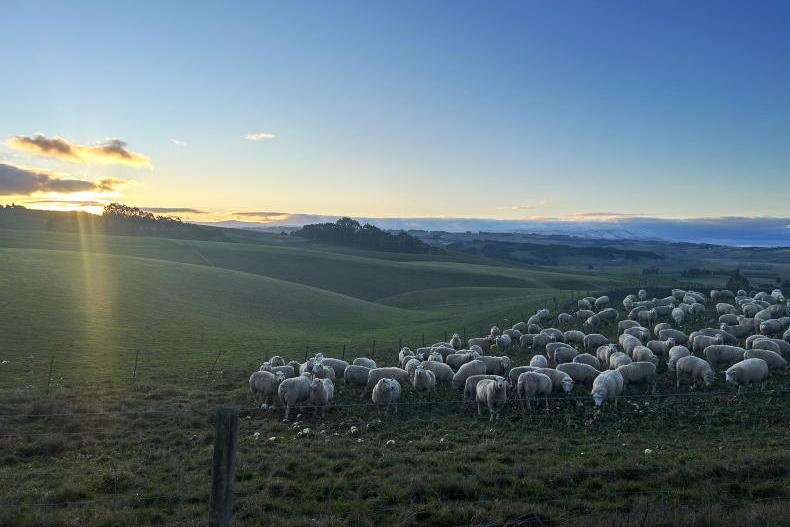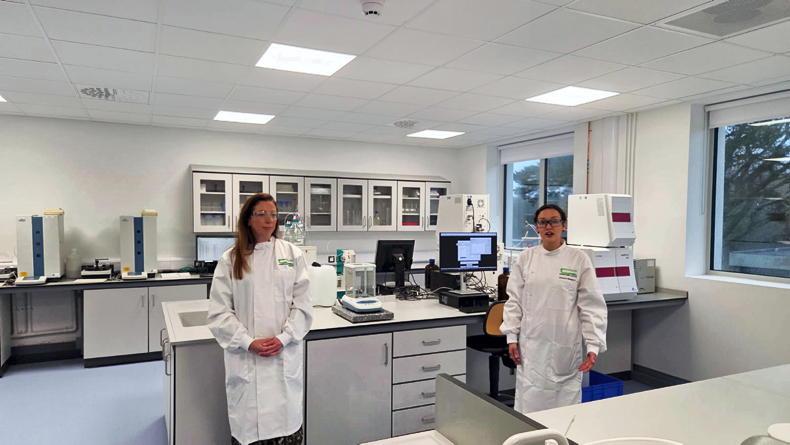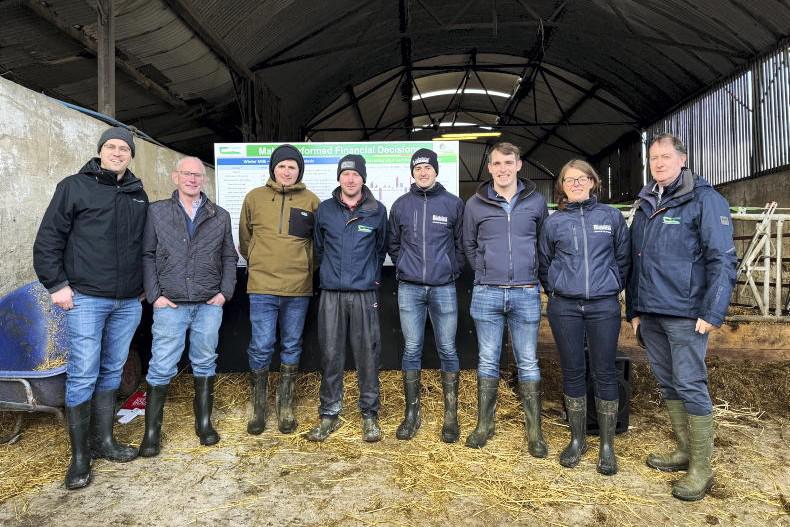The Food and Agriculture Organisation of the United Nations (FAO) provided a welcome endorsement for meat, eggs and milk in a report published last week.
The 296-page publication is titled ‘Contribution of terrestrial animal source food to healthy diets for improved nutrition and health outcomes: an evidence and policy overview on the state of knowledge and gaps’.
This won’t slot into a slick marketing campaign but more importantly, it’s an evidence-based case for the value of meat, milk and eggs in the human diet.
Report insights
The report says that these products offer “crucial sources of much-needed nutrients, which cannot easily be obtained from plant-based foods”.
FAO describes the report as the “most comprehensive analysis yet of the benefits and risks of consuming animal source foods, based on data and evidence from more than 500 scientific papers and some 250 policy documents”.
These foods, sourced from what the report describes as “terrestrial animals”, are identified as an important source of both macro and micro nutrients – or what is commonly known as a ‘good, balanced diet’.
The importance of these foods for us at various stages of our lives, such as childhood, adolescence, during pregnancy and when we reach old age, is also highlighted.
Livestock species are identified as being “adapted to a wide range of environments, including areas that are unsuitable for crop production”, and farmers are recognised for their role in keeping grazing cattle that convert grassland to food.
Risks and quantities
Not surprisingly, the report identifies a huge difference between consumption levels of these products in developed, regions of the world and poorer, less developed regions.
For example, in the case of meat, examples used are from Hong Kong, where 136kg/person is consumed annually, and Burundi, where per capita meat consumption is just 3kg annually.
The report also analyses the risks and benefits of consumption, stating that processed meats can “elevate risk”, but unprocessed red meat consumption of up to 71g/day is “considered safe, regarding chronic disease outcomes” – even if there may be minimal risk.
These foods, sourced from what the report describes as “terrestrial animals”, are identified as an important source of both macro and micro nutrients
This would add up to almost 26kg/person annually – well beyond average Irish consumption of red meat (from beef and lamb), which was 22kg, according to CSO in 2021.
Importantly, FAO highlight that where risks are minimal and benefits exist, as is the case with meat, consumption should consider the trade-off value.
As for milk, eggs and poultry meat, the report sees the evidence as either inconclusive or not significant.
Not a free pass for farmers
While the report is clear in its identification of the benefits of terrestrial animal production for the human diet and the adaption of livestock to a wide range of environments, there are still issues that must be addressed.
In the foreword to the report, Maria Helena Semedo, deputy director-general and chief economist, Máximo Torero Cullen, highlight the issues that must be addressed.
Deforestation and greenhouse-gas emissions are highlighted, as are unsustainable land use and water usage, pollution and food-feed competition. Animal welfare and health, human -livestock issues and social issues are also identified in the foreword.
This report doesn’t say anything that hasn’t been said before regarding the importance of livestock and the nutritional benefit of what is described as ‘terrestrial livestock production’.
It shouldn’t be a surprise that FAO is highlighting the necessity for sustainable production and that the benefits of the products for human consumption are not a license for uncontrolled production without regard to environmental consequences.
It isn’t acceptable to clear forests to keep cattle, or to pollute waterways and exploit scarce water resources for livestock where it is needed elsewhere.
FAO have a global view; it’s clear that their sustainability analysis isn’t governed by national targets, but rather by matching production and farming to its environment.
With our reserves of grass and water, there are few places in the world better equipped for sustainable livestock production than Ireland.
Our Government should have had this in mind when deciding on national targets for total emissions from agriculture.










SHARING OPTIONS